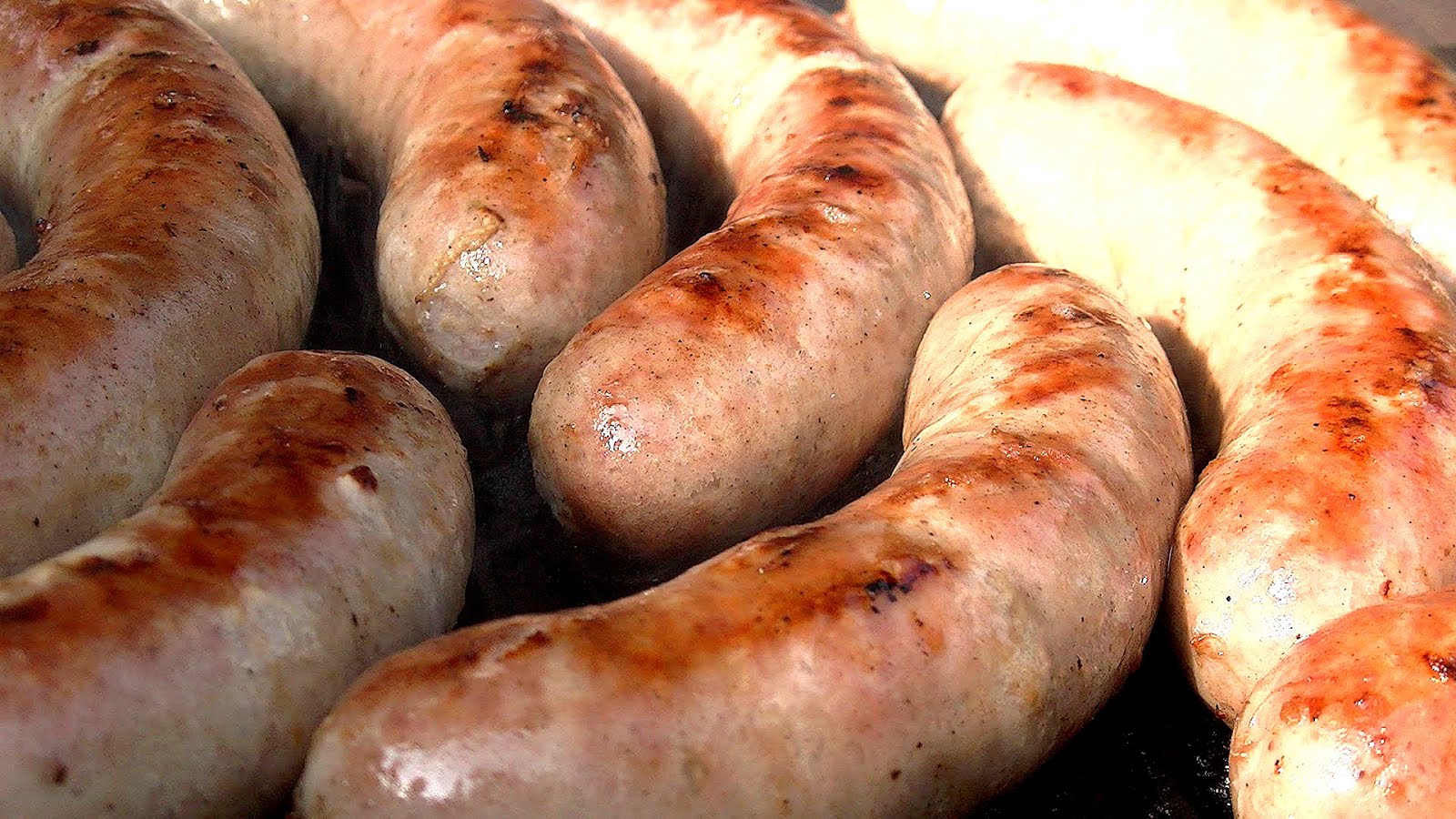

✭ Warmed up and stuffed inside a crusty white roll and serving with a generous smear of mustard (this is how it’s served at market stalls and as a hot snack at the butchers) Eat your Fleischwurst with dark bread and mustard as part of a traditional German evening meal or add chunks to a bowl of broth or a pasta salad.Įating out, you’ll find Fleischwurst traditionally served in one of following ways:

#WURST GERMAN SKIN#
When preparing Fleischwurst at home, heat it through in hot water, being very careful not to boil it, or serve it cold, but either way, remove the skin before you eat it: slit it lengthways with a sharp knife and it should peel away easily. They are then scalded, hot-smoked and formed into rings.įleischwurst is a very rich sausage, but you can buy (slightly) lighter versions known as Geflügelfleischwürste, made from chicken or turkey. Made from cured pork, bacon and sometimes beef, they’re flavoured gently with garlic and a mix of spices such as white pepper, cardamom, coriander, ginger, nutmeg and turmeric and held together in sausage form using either artificial or beef casings – neither of which are edible.

They are very dense, firm sausages that come in large, horseshoe-shaped rings, the ends knotted together with string. Fleischwurst is a very popular snack at German markets and thanks to its mild, lightly-smoked flavour, it’s also a big hit with children, who are usually offered a chunk on a trip to the butcher. Around the rest of the world, however, it’s better known as a garlicky bologna. Fleischwurst (“meat sausage”) is a type of Brühwurst (scalded sausage) also known as Lyoner Wurst, thanks to its origins in Lyon, France.


 0 kommentar(er)
0 kommentar(er)
